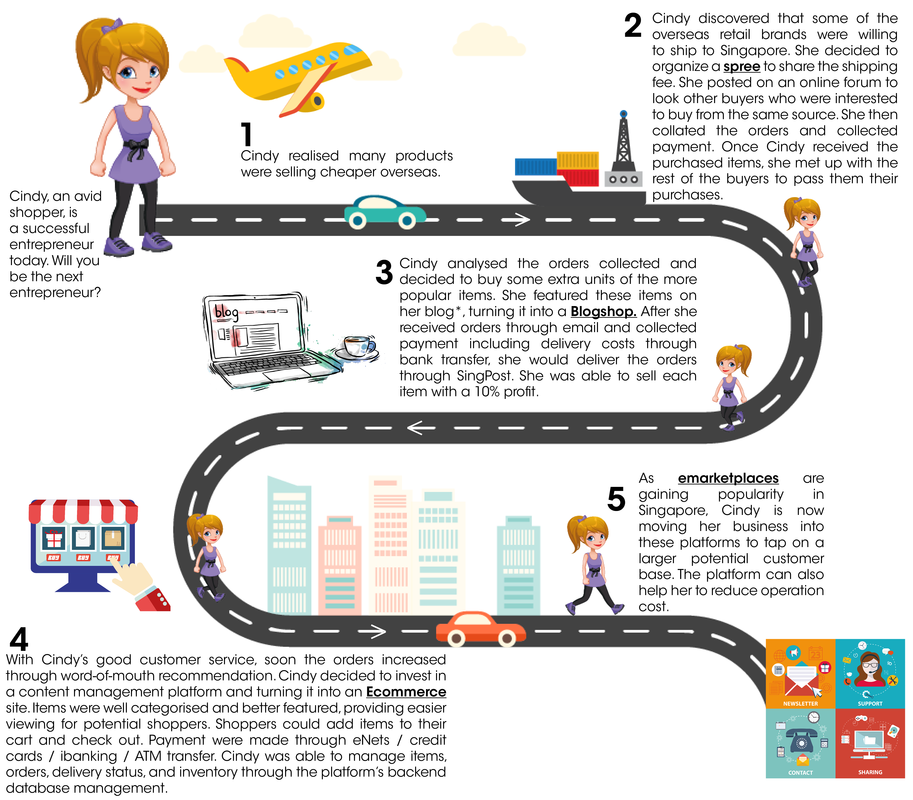Date: 14-06-2017

The retail industry has undergone massive transformation in the last 10 years. The use of social media, flexibility of payment, improved logistics, and the prevalent use of smartphones have contributed to the rapid growth of the online retail scene.
Since the 1990s, internet companies such as Yahoo, eBay, and Amazon have been providing excellent platforms for information sharing on brands and prices to potential consumers overseas. In the early 2000s, forums like CozyCot and Flowerpod provided platforms for strangers with common interests to communicate. These two developments became the essential factors for a “spree” to take place; strangers with a common buying interest come together online to meet a minimum order quantity required by overseas sellers and share the delivery cost. Consumers were the driving force of the start of online purchasing.
At the same time when forums were emerging, online weblogging, or ‘blog’ in short, was also gaining popularity. Individuals shared their views and opinions using user friendly templates on platforms such as BlogSpot and LiveJournal. Soon, these platforms became another avenue for blog owners to sell their products, thus leading to the birth of the blog-shop. Product images and information including specifications and price were readily displayed on blog-shops. Buyers could email their orders and make payment through bank or ATM transfers to the blog-shop owners. Blog-shops are also known as digital retail shops, with payment and back-end functions done offline.
As online retailing activities grew, it stimulated the development of online retail content management system (CMS) and digital payment methods. An online retail CMS through third party vendors, e.g. Shopcada, could be installed into a blog-shop, thus providing a more professional and easier to use interface for shoppers, with functions such as itemised pages in categories and add-to-cart check out. There would also be a back-end database that allowed sellers to track sales and inventory, and generate reports, transforming blog-shops into professional e-commerce websites. Local digital payment methods, such as iBanking, are also preferred over PayPal, an international digital currency that was common in the early days of Amazon and eBay.
In recent years, e-marketplaces like Qoo10, Alibaba, Taobao, and Lazada, are seeing increasing popularity with consumers. These websites provide buyers with a one-stop shop convenience, allowing consumers to buy from many different retailers under one website. Coupled with strong marketing efforts including festive promotions, customer relationship management, membership status rewards, customer reactivation campaigns, search engine optimisation and search engine marketing, these e-marketplaces are fast becoming favourites of sellers. The zero set-up cost and user-friendly templates of these e-marketplaces have also kept the barrier of entry to this business low in Singapore.
What is the next development in e-retail world? Will you be the next entrepreneur?